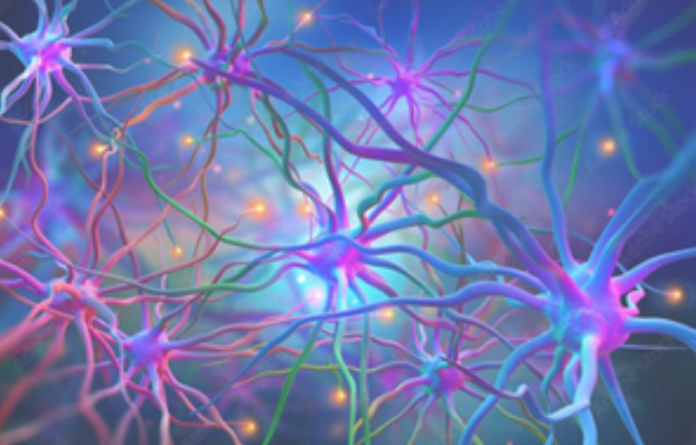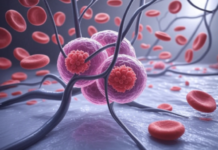New Delhi– A team of scientists in the UK developed non-invasive measurement techniques and novel analysis methods to decode disease progression and evaluate the effect of potential treatments or lifestyle changes in people with Huntington’s disease.
Huntington’s is a genetic disease where the brain’s nerve cells (neurons) gradually break down and die. The condition leads to dementia, with a progressive decline in an individual’s movement, memory, and cognition. There is currently no cure.
The team from Lancaster University in the UK showed that Huntington’s disease not only affects nerve cells in the brain but also has widespread effects on microscopic blood vessels.
The changes were also observed before symptoms of the disease appeared, demonstrating the potential for this research to predict brain health and evaluate the beneficial effects of lifestyle changes or treatments.
Professor Aneta Stefanovska of Lancaster University said that they hope that the novel method can help “monitor the disease progression and evaluate the effect of potential treatments or lifestyle changes” in people with “Huntington’s and other neurodegenerative diseases.”
Professor Aneta added that the study would also lead to “new treatments of Huntington’s disease targeting the vasculature and brain metabolism.”
In their study, published in the journal Brain Communications, the team investigated changes in the coordination between neuronal activity and the brain’s oxygenation in Huntington’s disease.
They combined non-invasive measurement techniques and novel analysis methods — probes emitting infrared light were placed on the heads of participants in the study.
Using infrared light, the researchers could measure the brain’s blood oxygenation.
Further, using electrodes, which can measure electrical activity from neurons, the team studied the many rhythms related to brain and cardiovascular system functioning via mathematical techniques.
These rhythms included the heart and respiration rates, related to the transport of nutrients and oxygen, as well as slower rhythms associated with local control of blood flow.
The team explained that brain activity manifests in faster rhythms. Efficient functioning of the brain depends on how well all these rhythms are orchestrated. (IANS)














